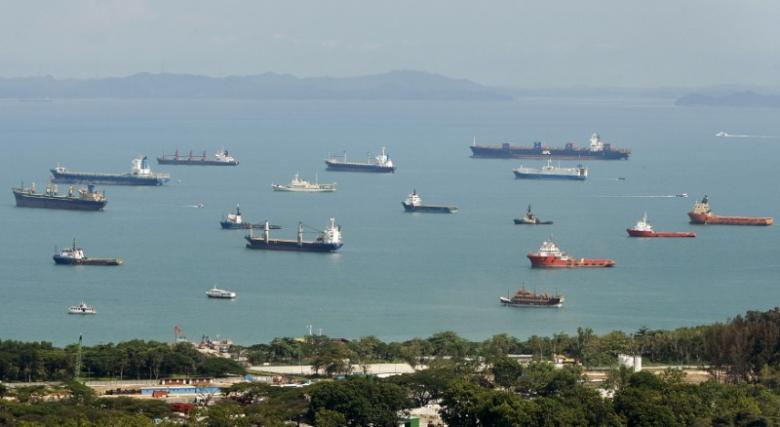By 2035, Fuel EU Maritime compliance costs for tankers will overtake those from the European Union’s Emissions Trading System (EU ETS), BRS Group argues.
The EU ETS will run the global tanker fleet more than €2bn ($2.2bn) by 2030, the broker calculated, assuming rising costs from the greenhouse gas-cutting scheme emissions stay at 2023 levels.
Using the same assumptions, it said Fuel EU Maritime costs would similarly intensify over time, topping €1bn for the entire fleet in 2030 and leaping over the €2.6bn mark in 2035.
“This cost escalation aims at narrowing the gap between fossil fuel prices and the cost of zero-carbon fuels,” BRS Group said. It noted that Fuel EU maritime penalties would shoot up to $380 per tonne of Very-Low Sulphur Fuel Oil in 2035 versus just $65 per tonne of VLSFO from 2025 through 2029.
Starting this year, the EU ETS now includes shipping and covers tank-to-wake carbon emissions, with companies expected to buy, sell, or use allowances for each tonne of CO2 emissions. It covers all voyages between EU ports and half of all voyages that begin or end at EU ports. Fuel EU Maritime was adopted last year and focuses on well-to-wake emissions intensity to reduce greenhouse gas intensity from 2% in 2025 to 80% by 2050.
In total, a report from German outfit OceanScore published earlier this month found the entire shipping industry could rack up €1.35bn in fines next year. The bulk of those penalties would be paid for by the container shipping segment, more than twice the tanker or bulker segment.
Source: Port News






